Outdoor Adventure Company: Turkey Hunting Tips From The North Woods
Jayson Allain
Feb 28, 2024
·
3 mins read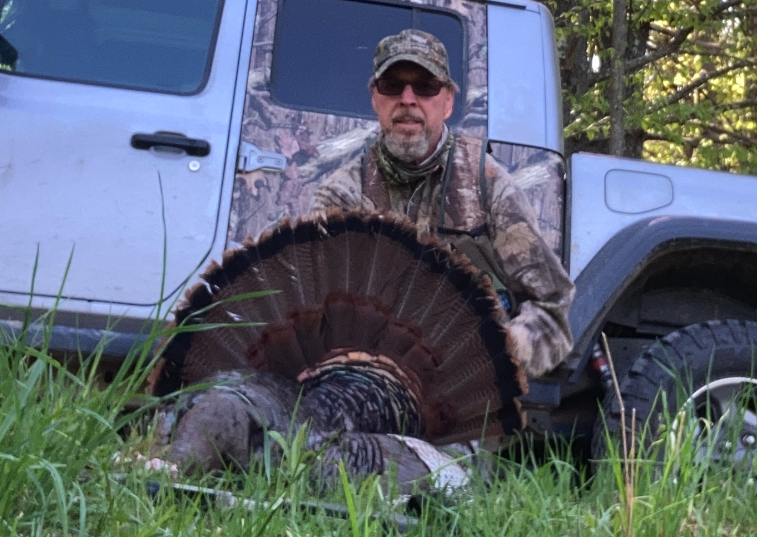
It's February, and turkey hunting season is just around the corner. Hunting eastern turkey kicks off in Florida on March 2nd (south of State Road 70) and ends in Maine (April 30 – June 5). Here are some recommendations to help you stay safe and bag that big tom.
Camouflage:
Wearing camouflage is effective and can make the hunt a bit easier. We've found that face masks and gloves really help you blend into the environment when the foliage is sparse. In Maine, the early season offers less cover in the forest as the leaves have not yet appeared on brush and trees, so wearing camouflage will help avoid detection by a turkey. Do not wear any clothing with red, white, and blue when preparing for turkey hunting; these colors can attract the attention of a gobbler or hen.Build a Good Setup:
After finding birds, the most important part is deciding where to set up. We like to scout and watch the birds to try to pattern their movement. Where are they roosting? Where are they feeding? Once that is determined, you need to decide if you want to build a ground blind or put up a pop-up blind. I prefer sitting on the ground and using natural materials to build a blind. It really depends on what will make you successful. We use pop-up blinds if our clients are not good at controlling movement or are young and tend to fidget. Ultimately, making yourself comfortable will allow you to be patient. So, do not forget a good seat cushion, especially if you plan to hunt from the ground. We have spent hours in a single spot if a big tom is in the area. Although most turkey vests on the market have built-in seat pads, that may not be comfortable enough for a long sit. Using a ground blind may also limit your field of view but will provide you with many options when building your setup. The best reason for a blind is that it conceals a lot of body movement. If possible, cut or identify good shooting lanes and approaches. Finally, a good setup will keep you out of the sun. A pop-up blind on the edge of a field facing south in full sun will have you feeling cooked like a lobster.Know Where You Are Hunting and Get Permission:
We will spend hours on our first setup, but if the spot does not produce, we will pack up and hit a few more spots that we have identified in the area. Sometimes returning to that first spot later in the day. In Maine, just because you have permission to hunt does not prevent others from hunting these same areas, especially if the land is not posted. Do a thorough recon of the area and know how other hunters may access the property. Today, the use of cellphone technology makes it easy to locate property boundaries and owners. Check to see if other hunters may have slipped into the area. If you see a vehicle, notice a blind, or hear calling that may be out of place, look for another spot.Decoys:
When using decoys, make sure you have them in a decoy bag, preferably one with some fluorescent orange. You do not want a hunter to confuse your decoy with a live turkey. We like to place our decoys around twenty yards from our blind, preferably in an open area between you and where the target birds will clearly see them once you begin to call. Placement can be as important as the calling. Over the past 30 years, decoys have undergone several evolutions and now look as good as the real thing.Calling:
You have done your scouting, received permission from the landowner, dressed top to bottom in camouflage, set up a blind with decoys, and all that is left is to convince a big ole tom to come meet the business end of your shotgun. You do not have to be a championship caller to plan your hunt. Do not be afraid to try all the calls—mouth, slate, box—to see which ones work and sound good to you. Limit the use of the gobble call as it may attract hunters. Get out early in the season and listen to the birds as they wake up in the morning. You will be surprised when we get a chance to hear the birds talking early in the morning. On one or more occasions, I have turned to Nate and said, “You hear that guy calling? He really sucks,” to our surprise, a few hens with a couple of toms following appear.Following these recommendations from the Outdoor Adventure Company Guide Service (www.OutdoorAdventureCompany.com) will help you successfully hunt eastern turkey in Maine. If you need more information or would like to book a hunt, give us a call at 207.432.8153.
More
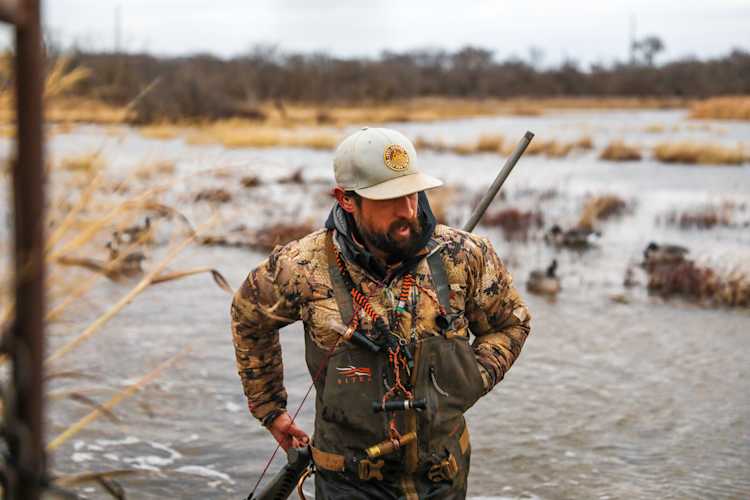
Layering for Comfort: What to Wear While Hunting Waterfowl in Fall
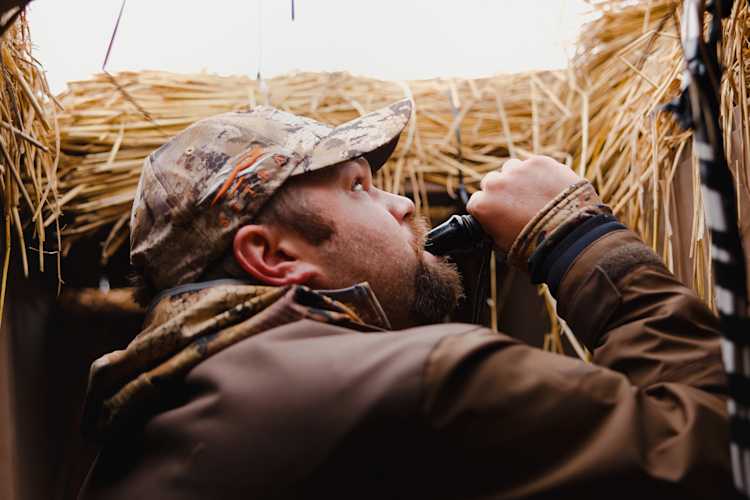
The Art of Calling: Tips and Techniques for Successful Waterfowl Calls
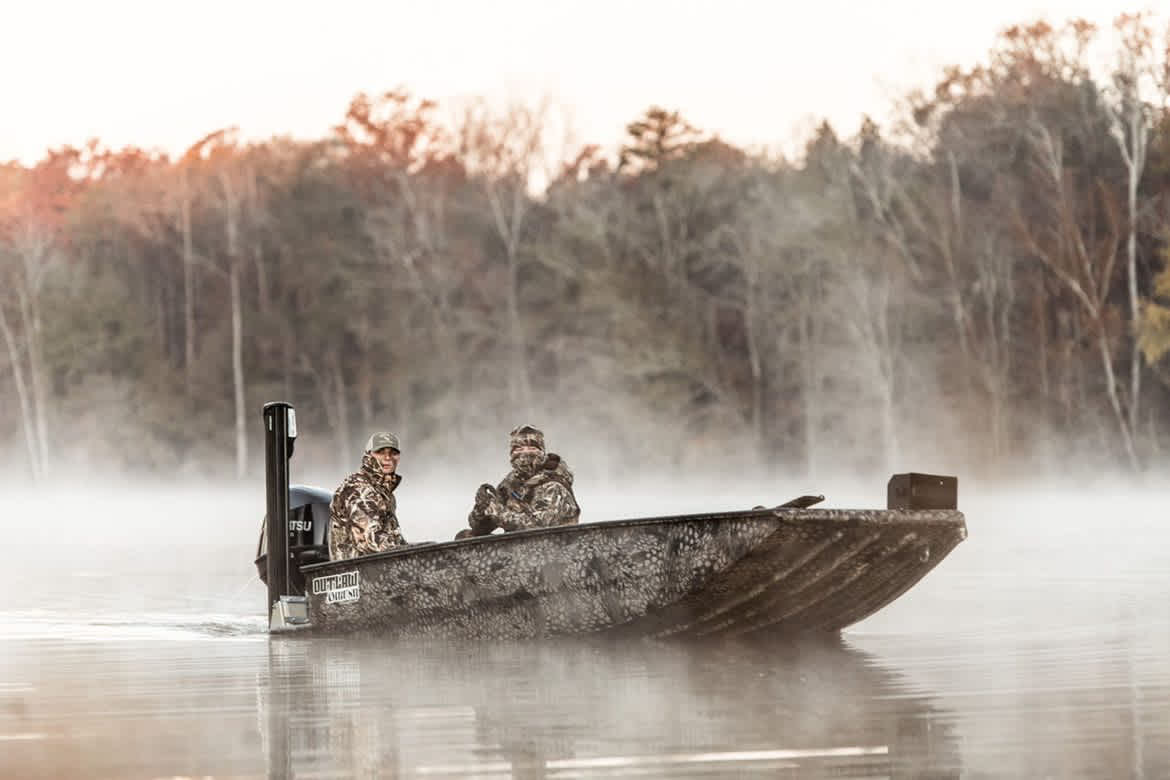
Client Experience in the Field: Best Practices for Waterfowl Outfitters

Decoy Strategies for Fall Waterfowl Hunting: What Works Best for Each Species
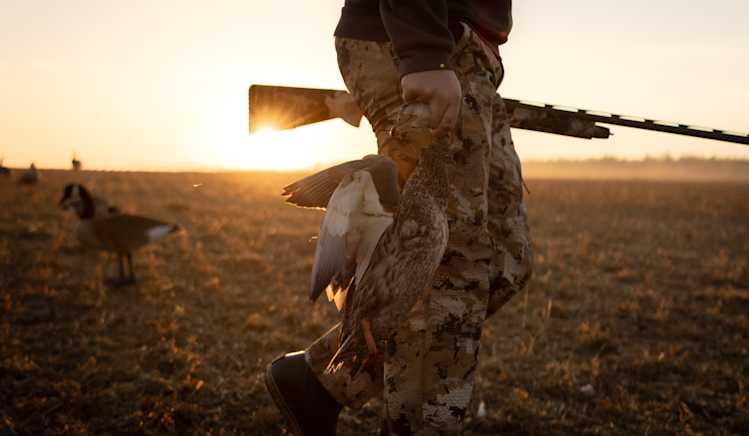
The Ultimate Guide to Fall Waterfowl Hunting: Key Tips, Techniques, and Best Practices
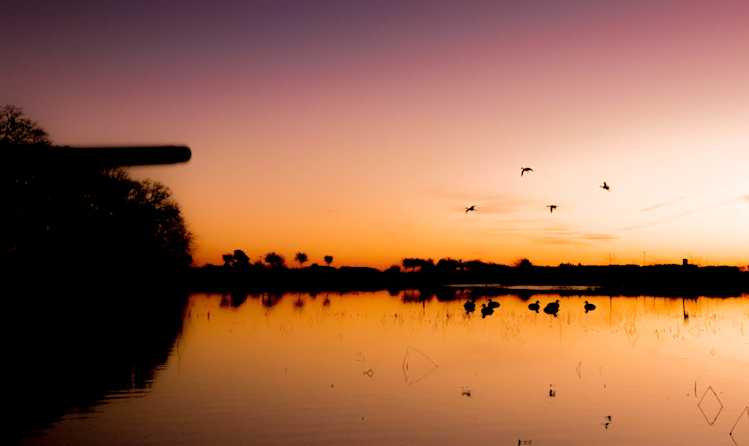
Top 10 States for Amazing Waterfowl Hunting in November: Find Your Perfect Spot
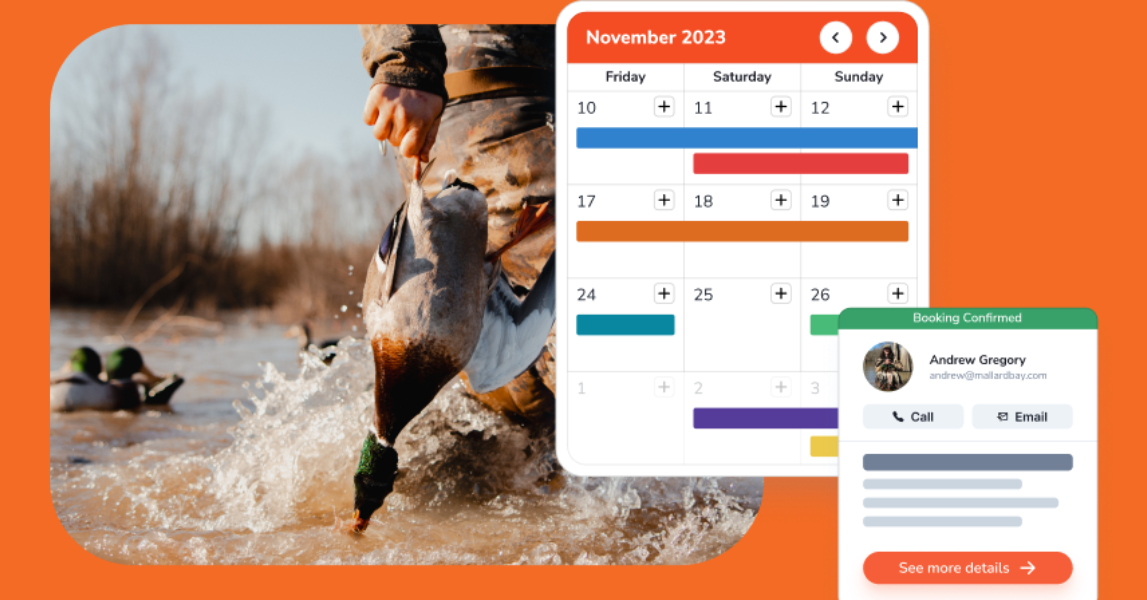
Peak Season Success: Essential Strategies for Waterfowl Outfitters to Maximize Business
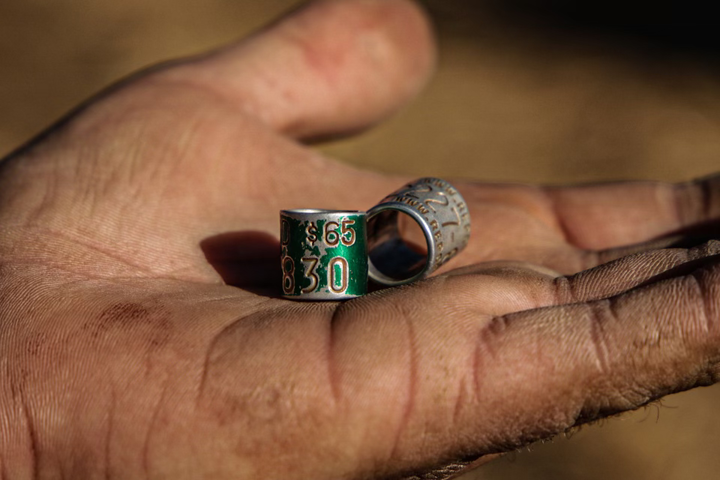
The Art and Science of Duck Banding: A Conservation Odyssey with Mallard Bay
by Anna Richardson
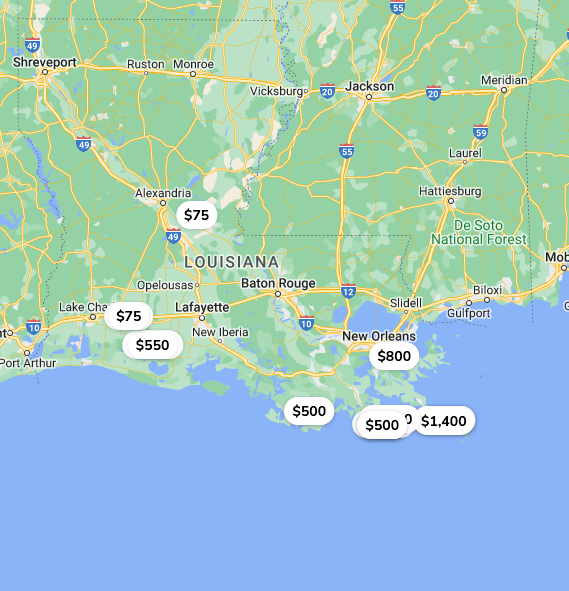
How To Book a Hunting Trip
by Sam Johnson

Axis Jerky Tacos
by Brendan Lamb
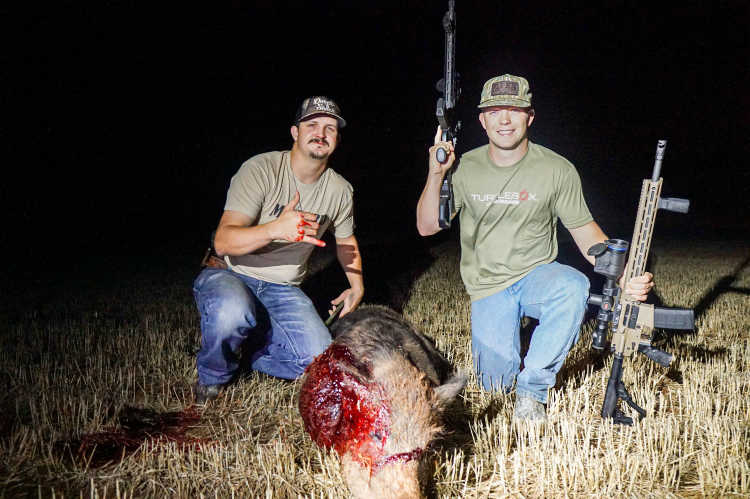
Experience Thermal Hog Hunting with Dirty Texas Outfitters
by Anna Richardson
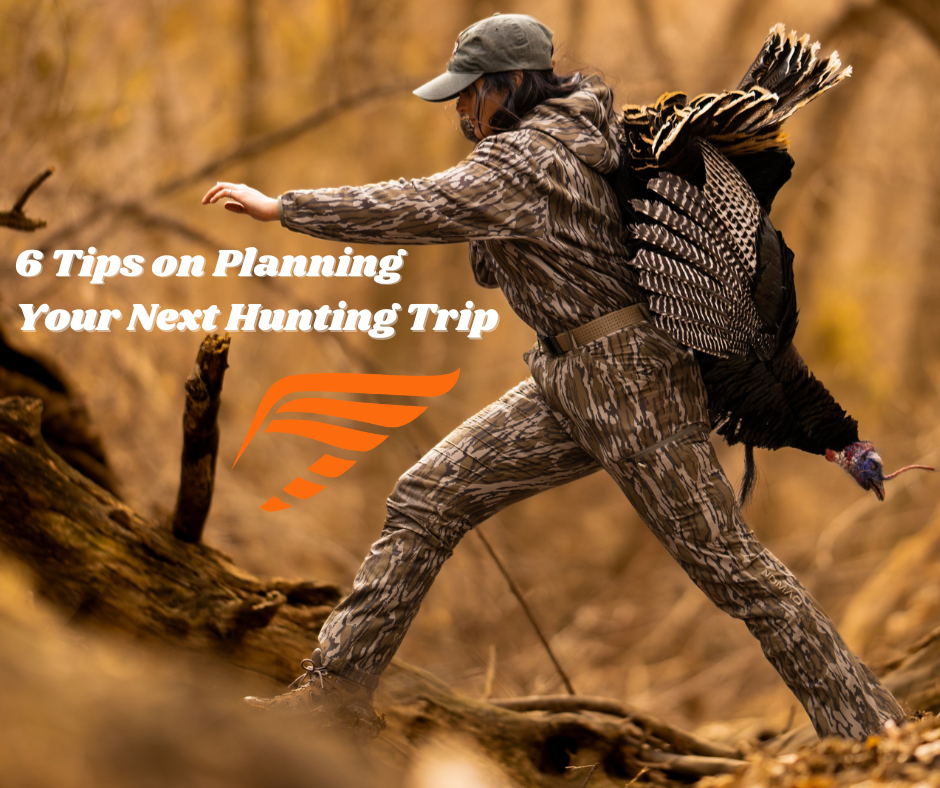
6 Tips on Planning a Guided Hunting Trip
by Sam Johnson

Bourbon Spatchcock Turkey
by Brendan Lamb
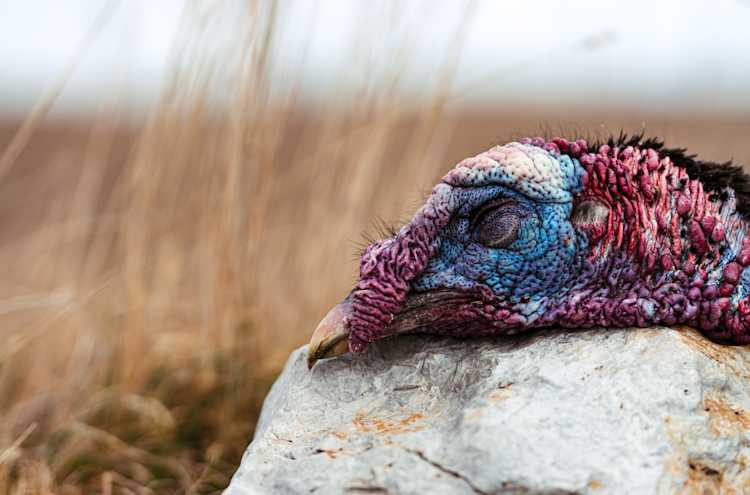
Turkey Calling Tips
by Anna Richardson
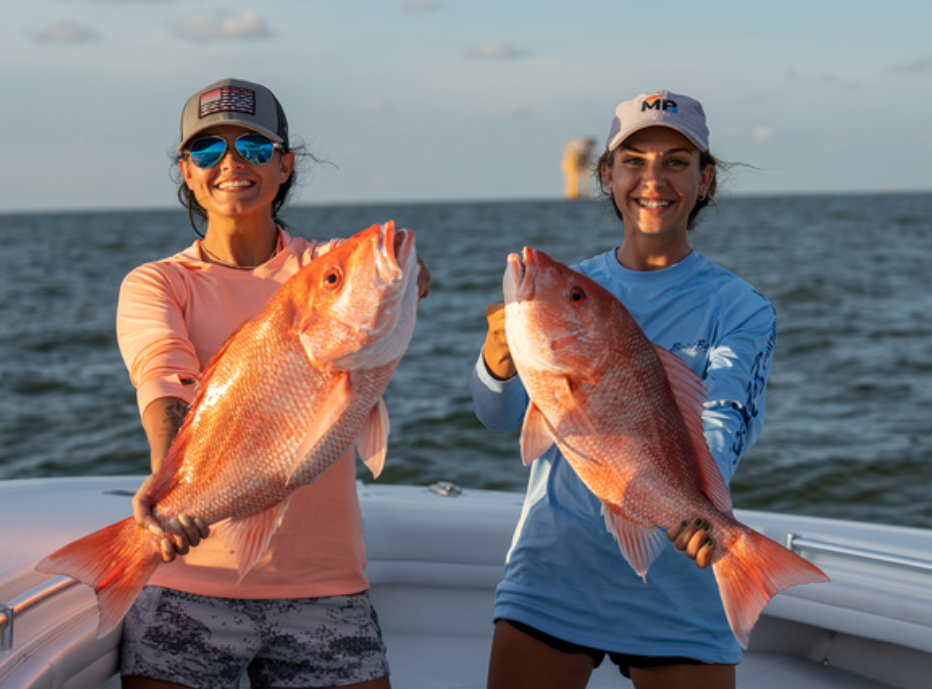
Louisiana Sportfishing - An Angler’s Paradise 2023
by Anna Richardson
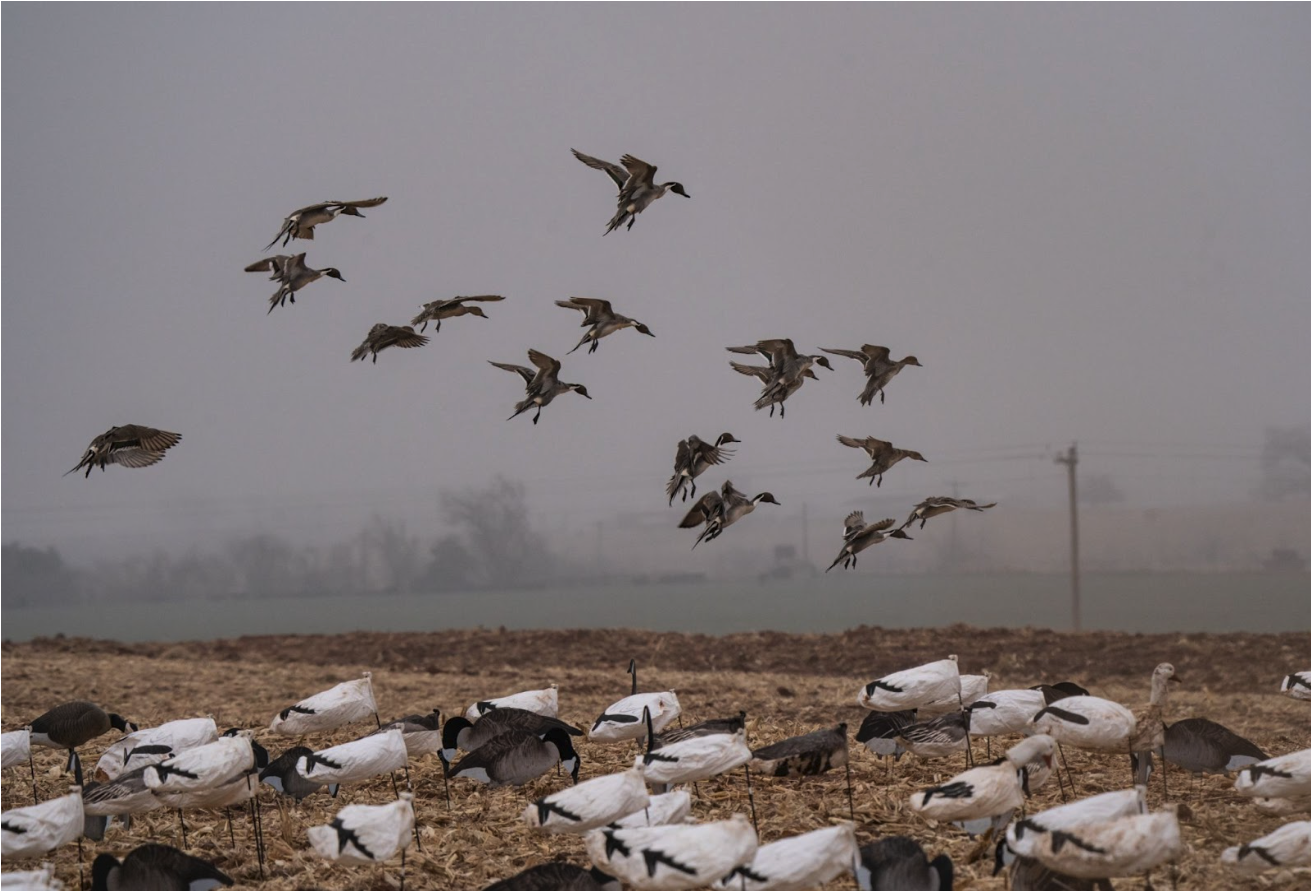
Waterfowl Hunting in Canada: What American Hunters Need to Know
by Anna Richardson
Where to find Guided Sandhill Crane Hunts
by Anna Richardson

Revolutionize Your Outdoor Business with Mallard Bay's GuideTech Software
by Garrett Shackelford
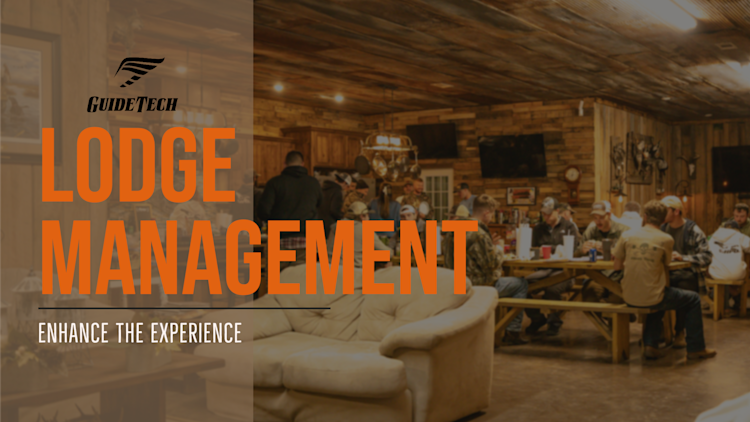
Lodge Management - Enhance the Experience
by Anna Richardson
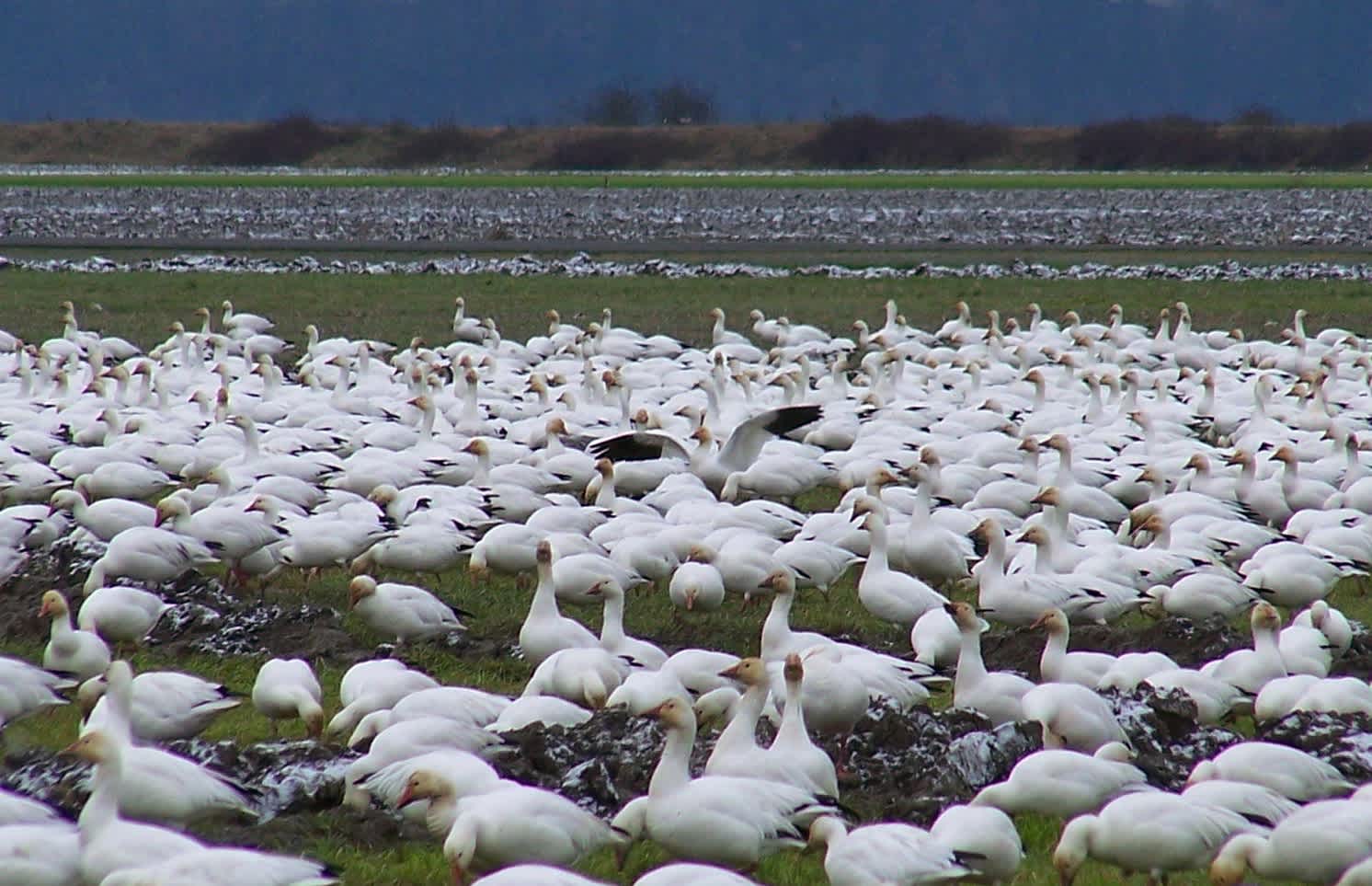
Snow Goose Pastrami Recipe
by Caleb Richard
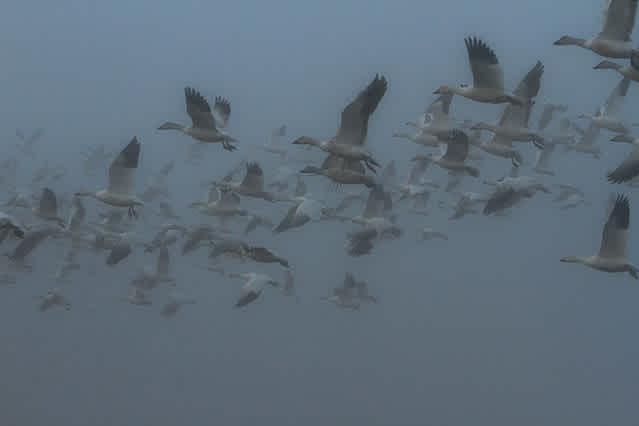
Snow Goose Chili
by William Fontenot
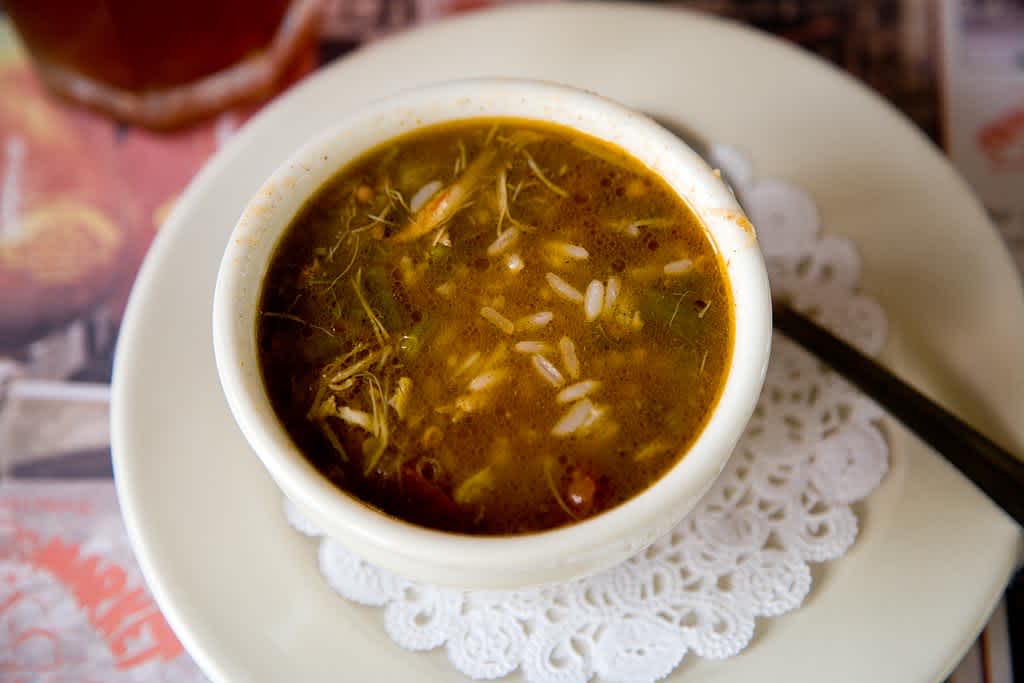
Snow Goose Gumbo Recipe - A Cajun Tradition
by Garrett Shackelford
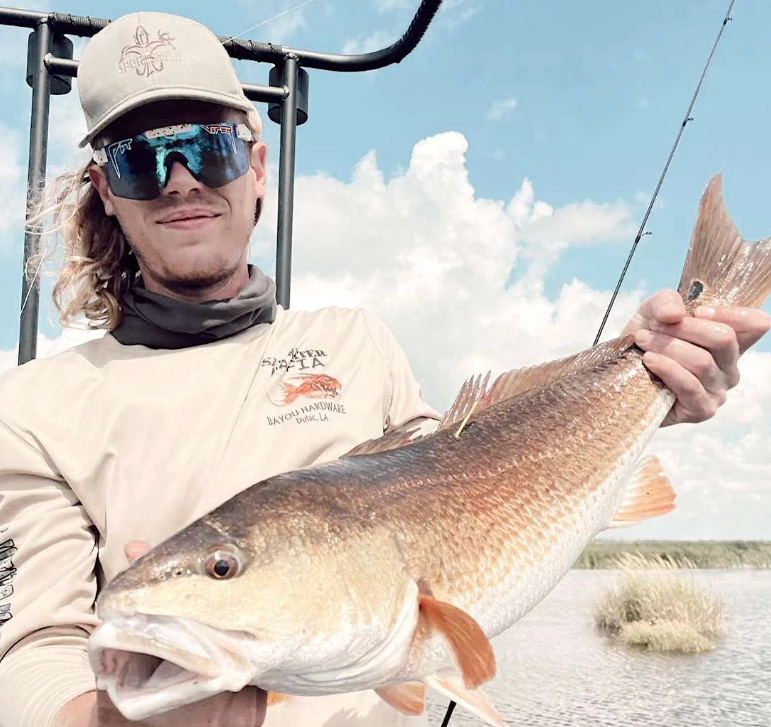
Sight Fishing Louisiana
by Garrett Shackelford

How to find the right Texas Guided Fishing Charters
by Caleb Richard
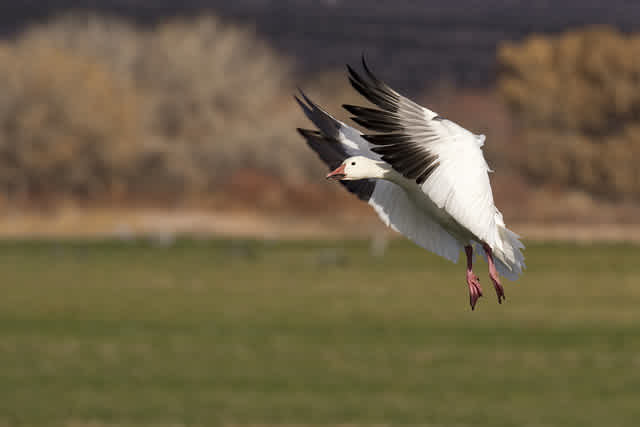
Steak House Snow Goose Recipe
by Garrett Shackelford
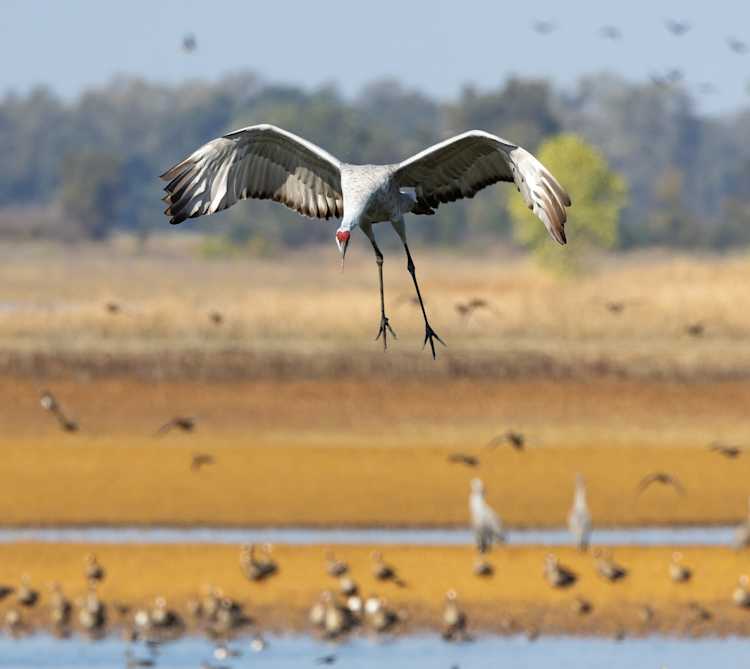
Sandhill Crane Taco Recipe
by Garrett Shackelford